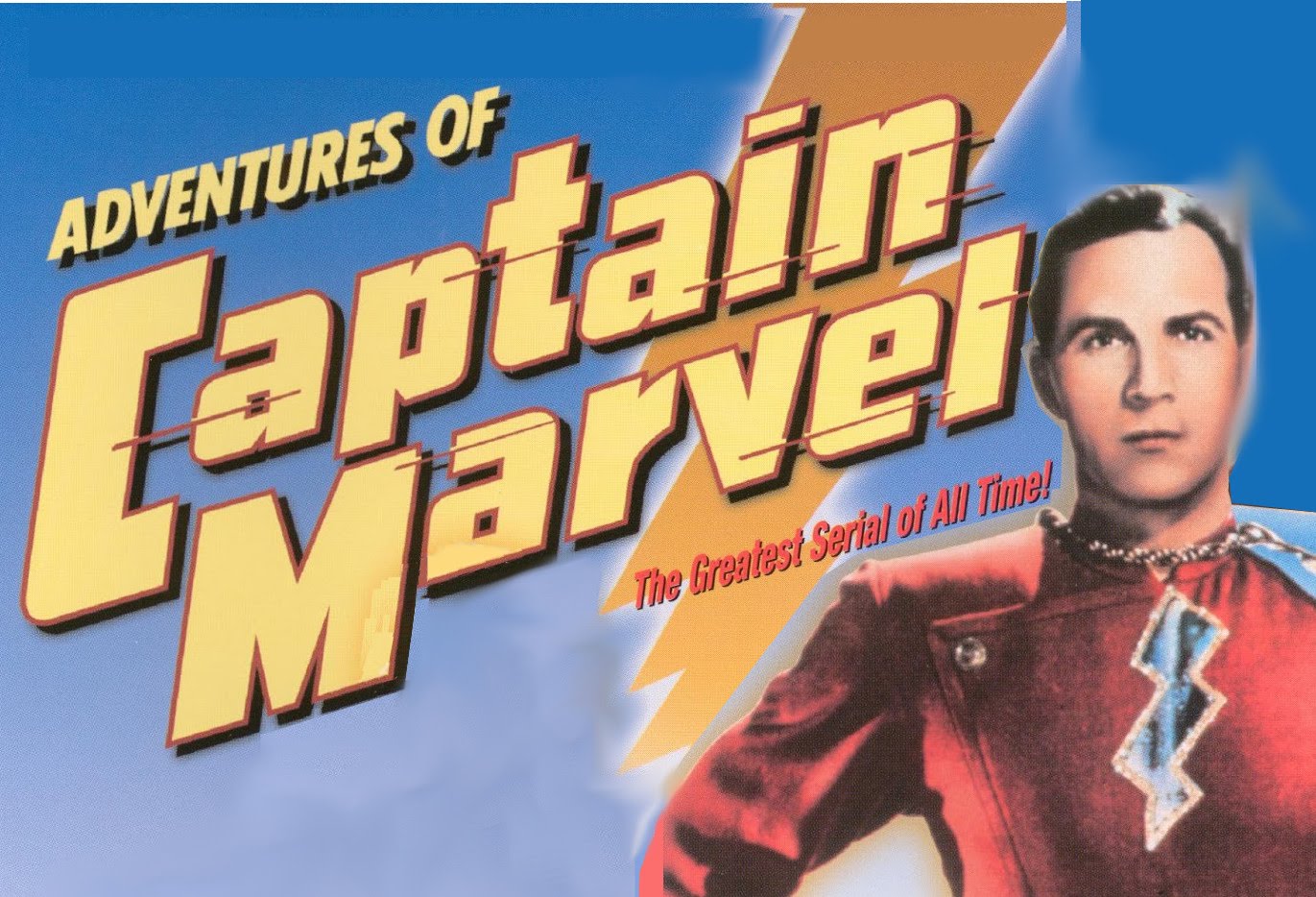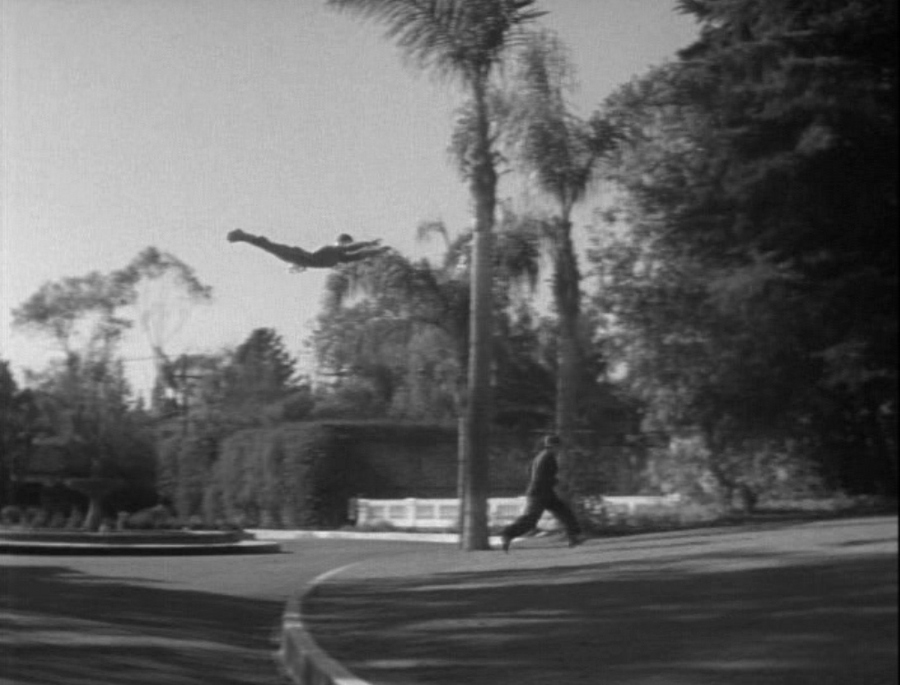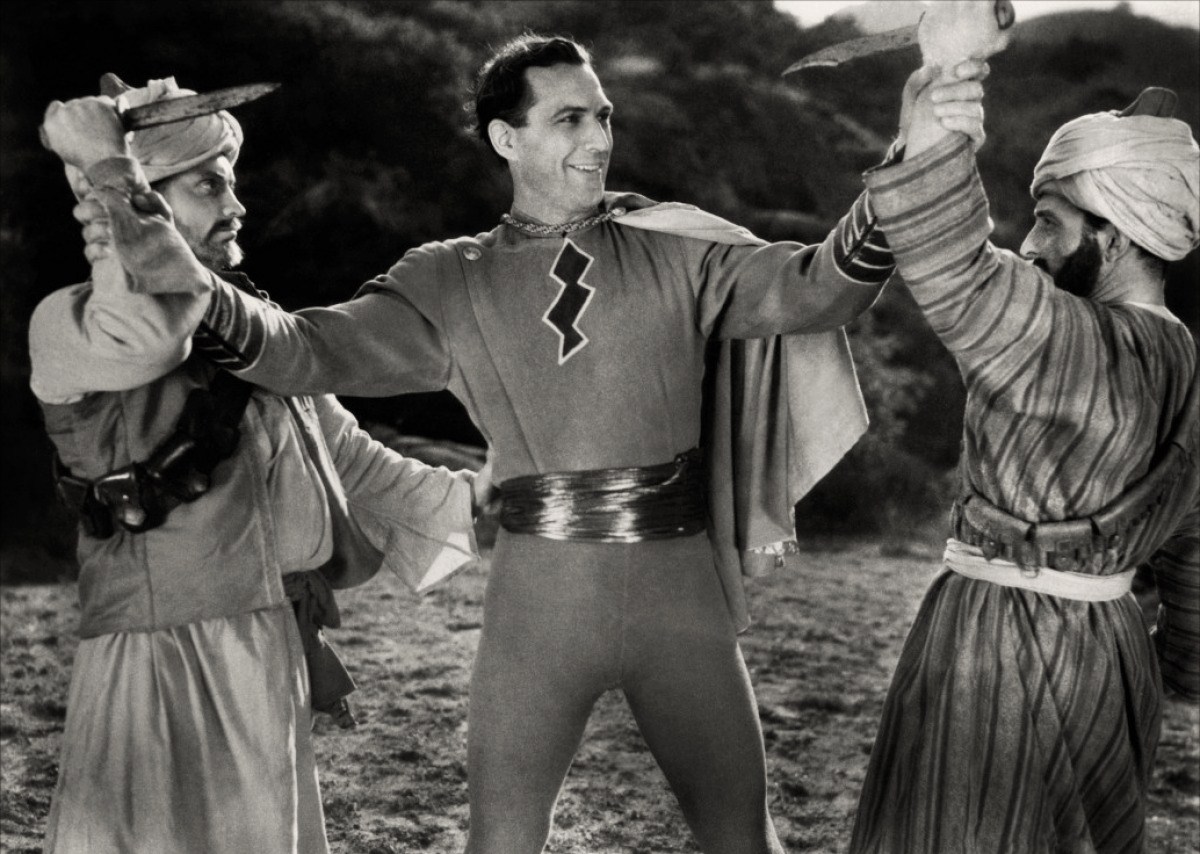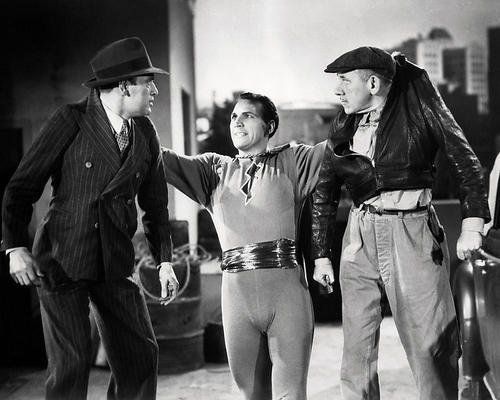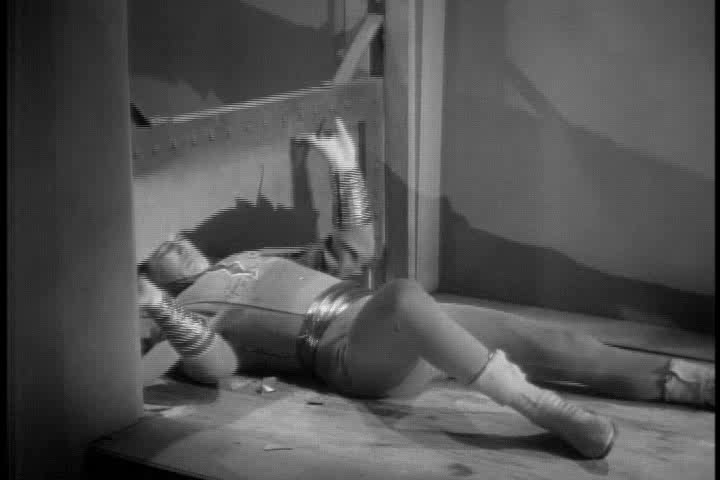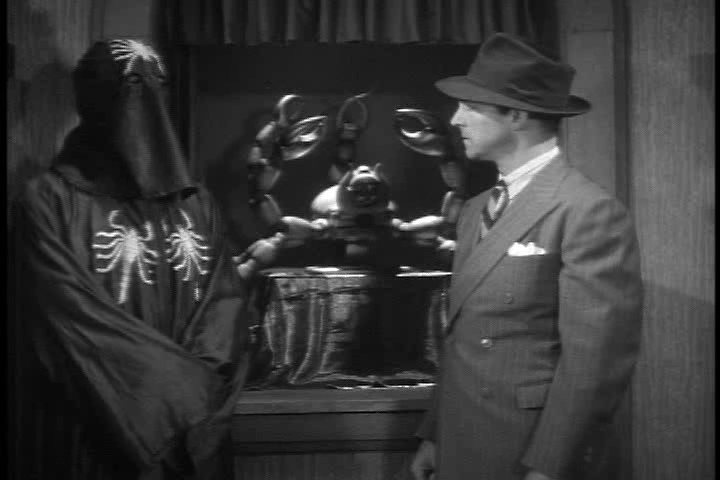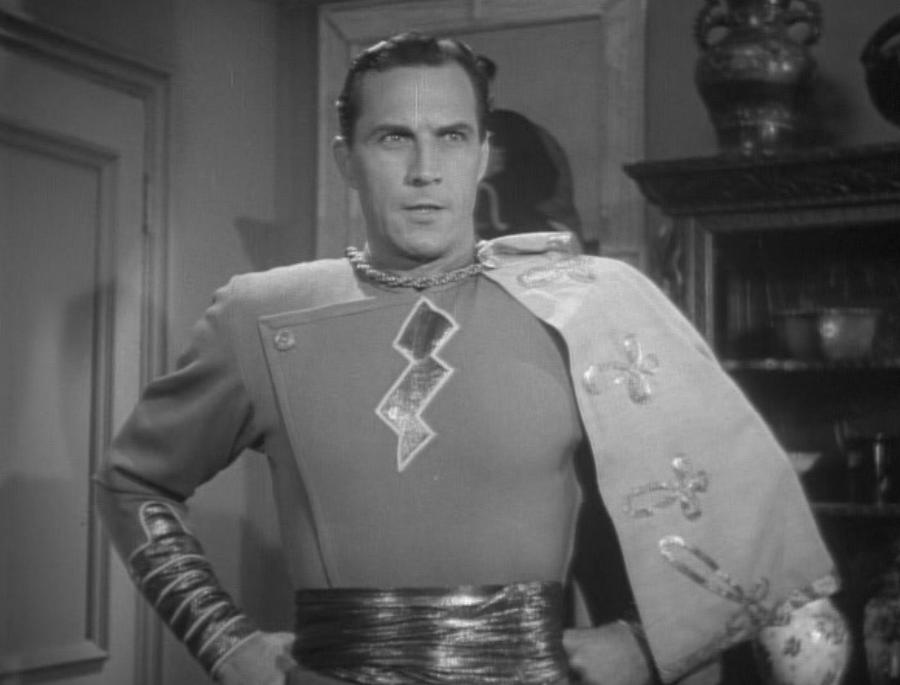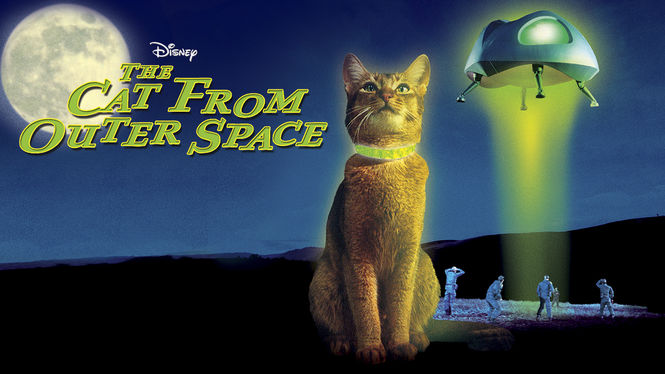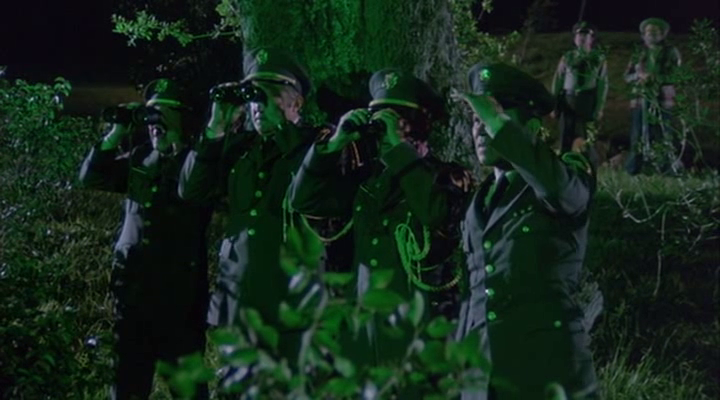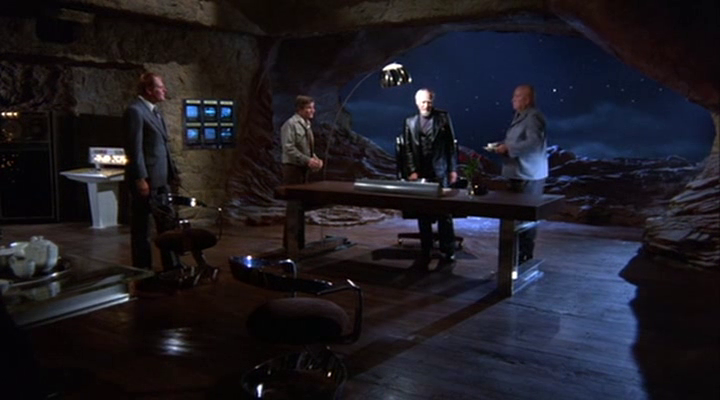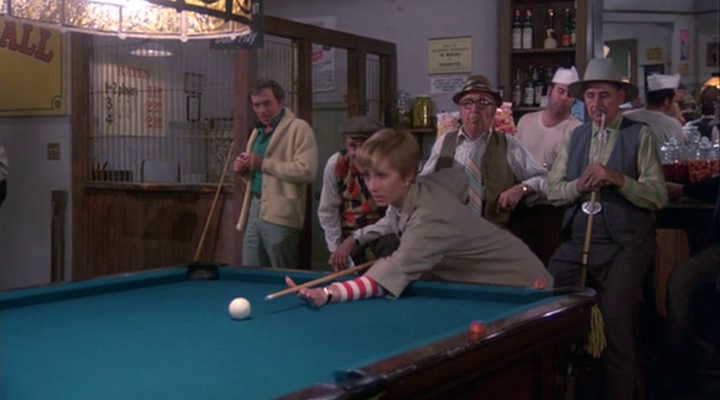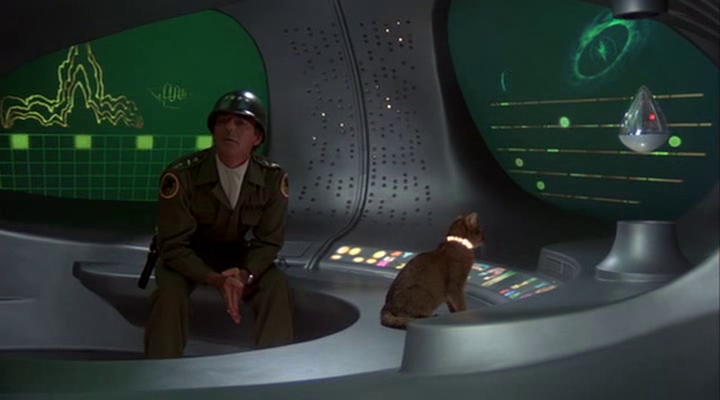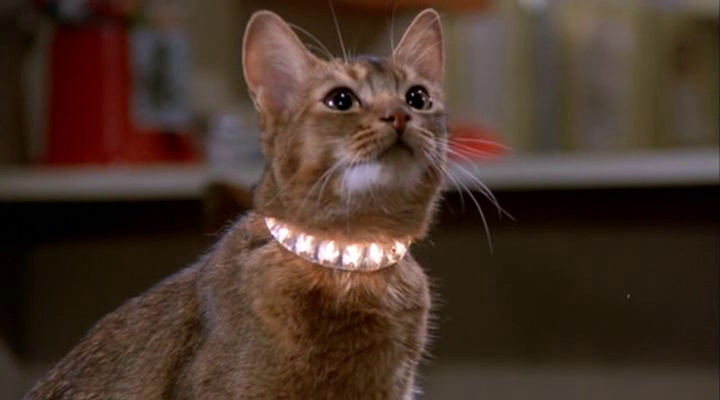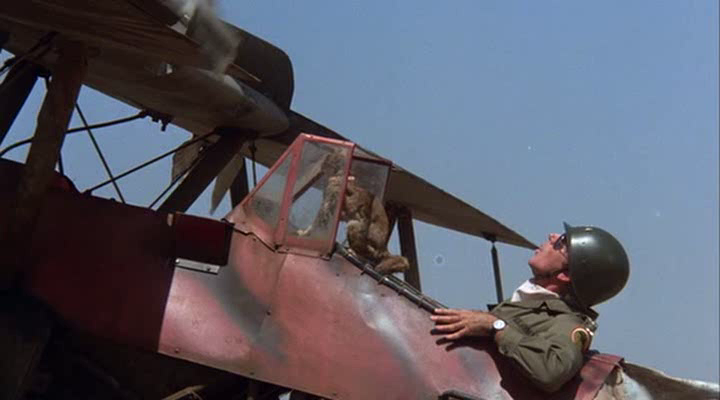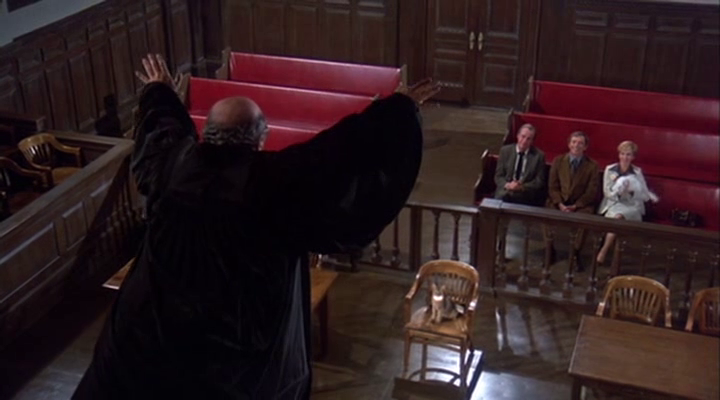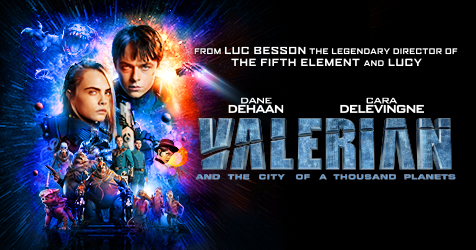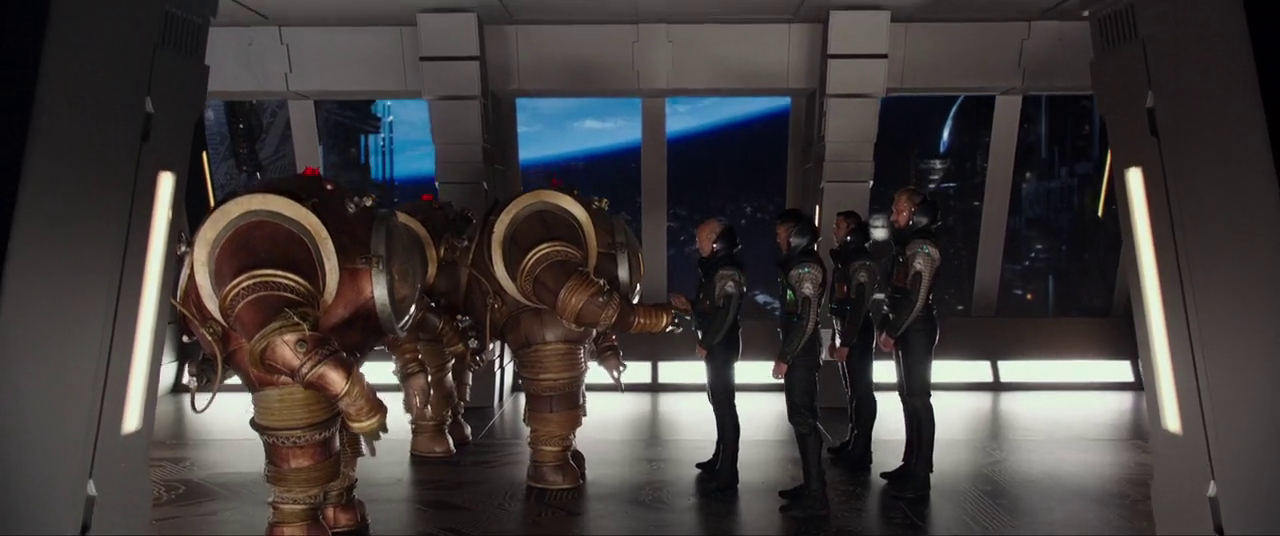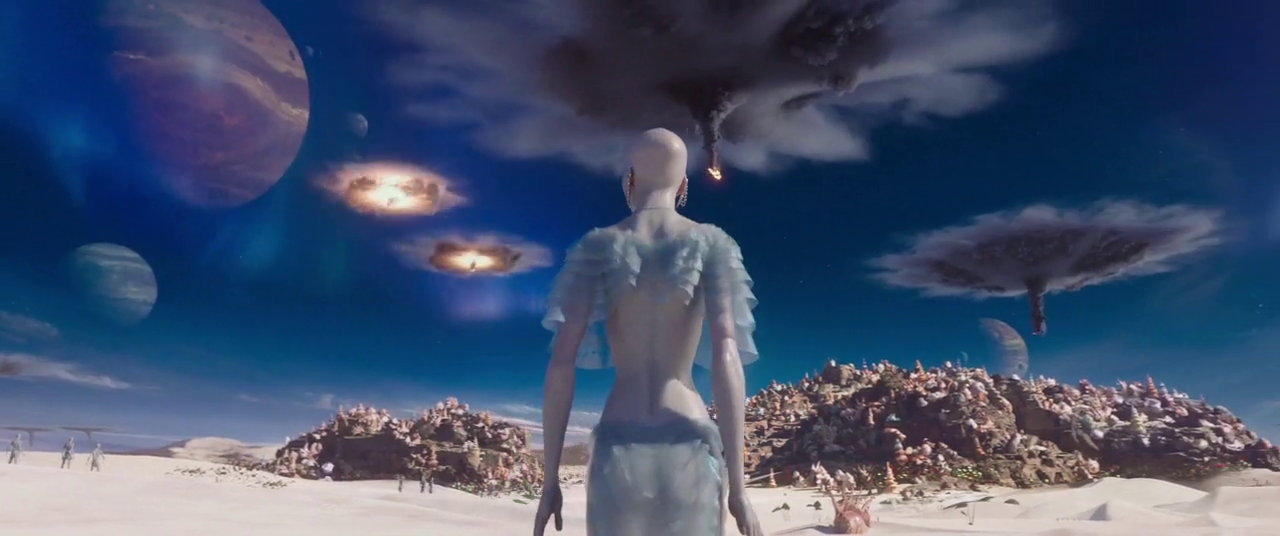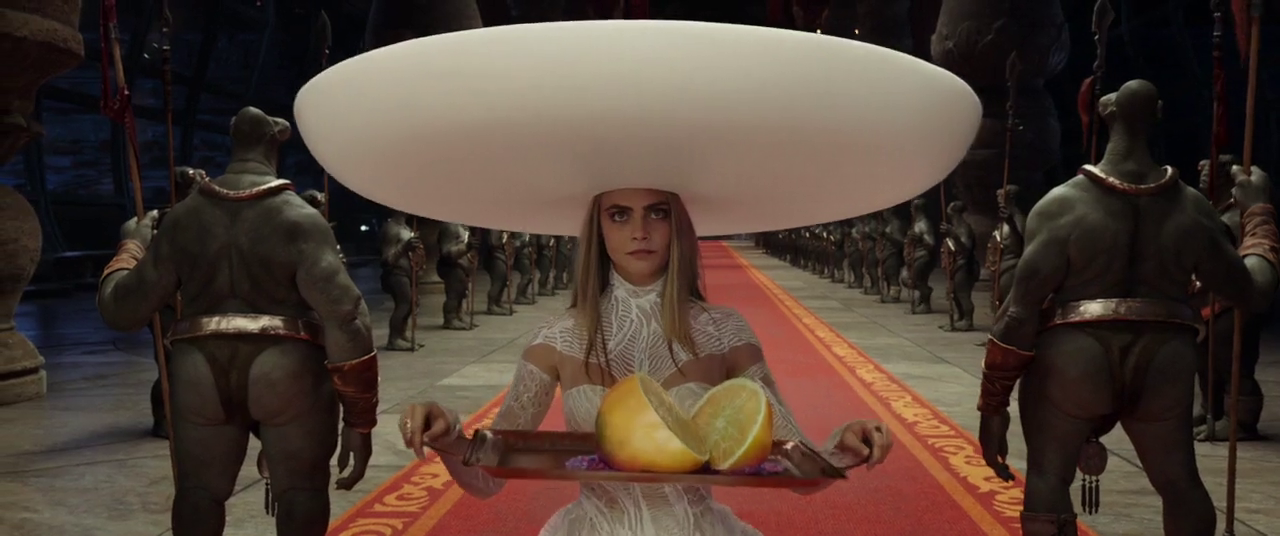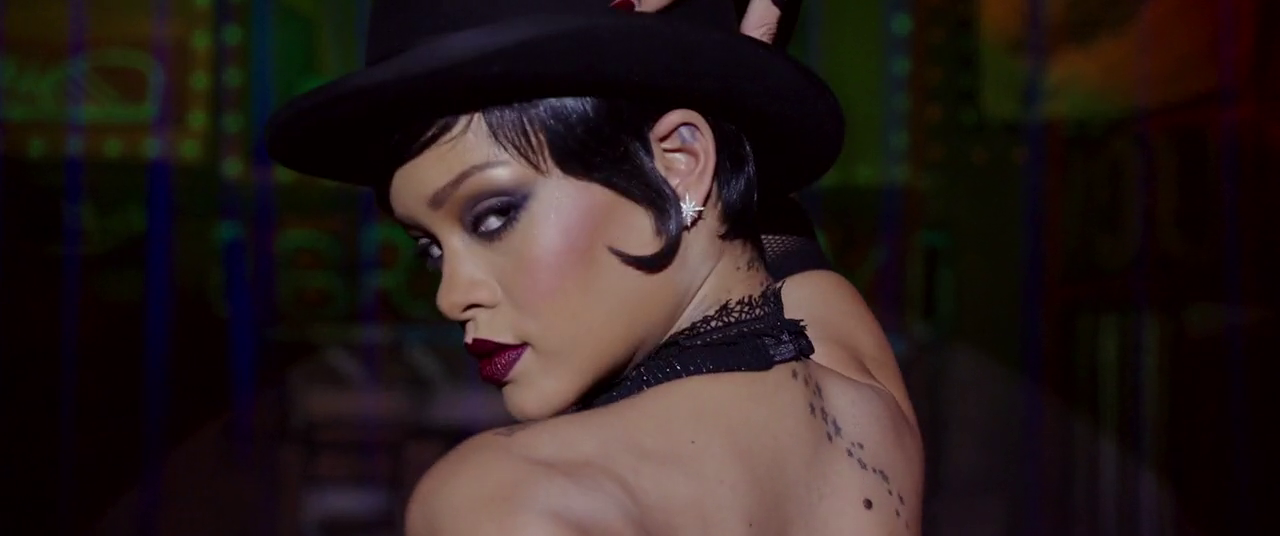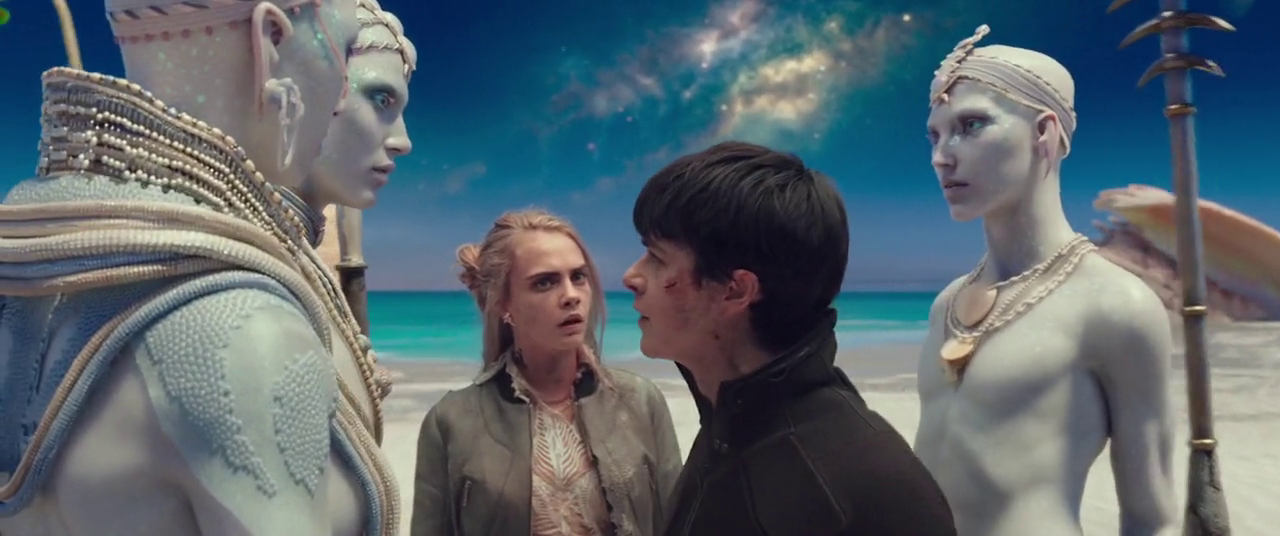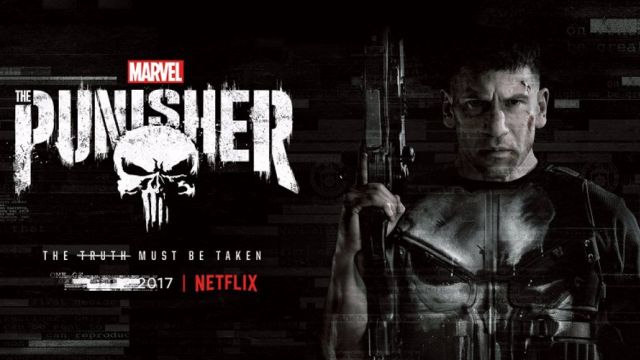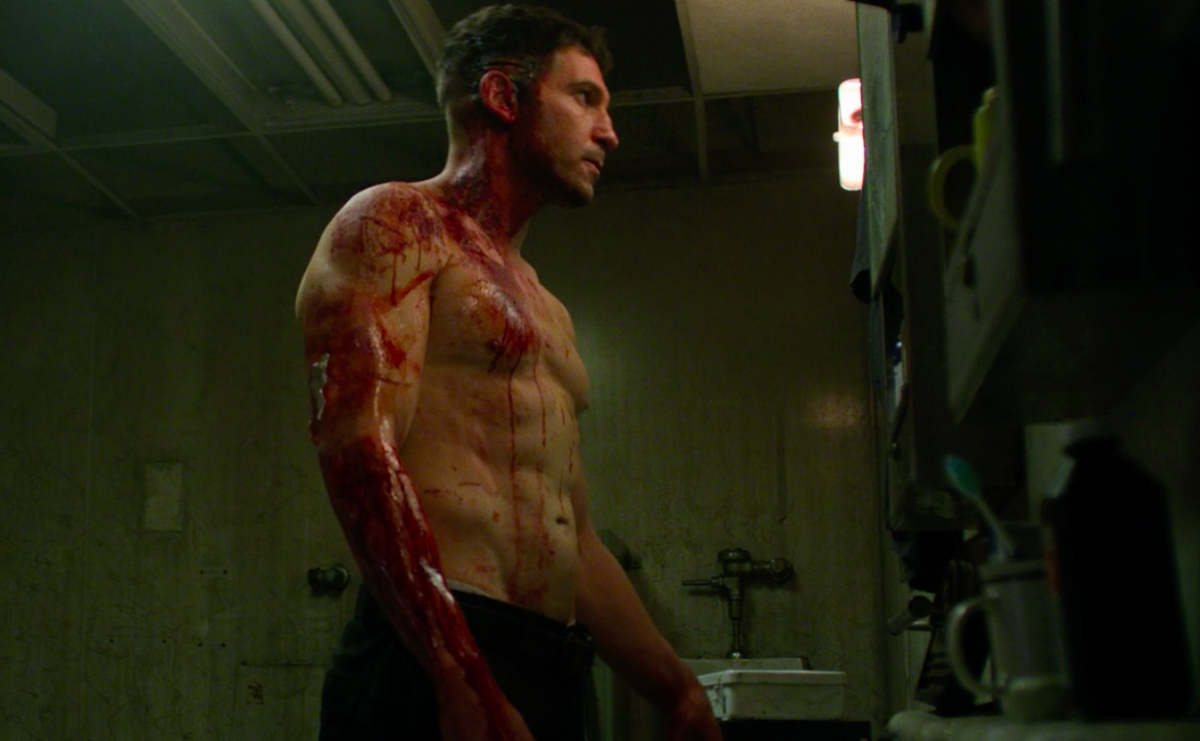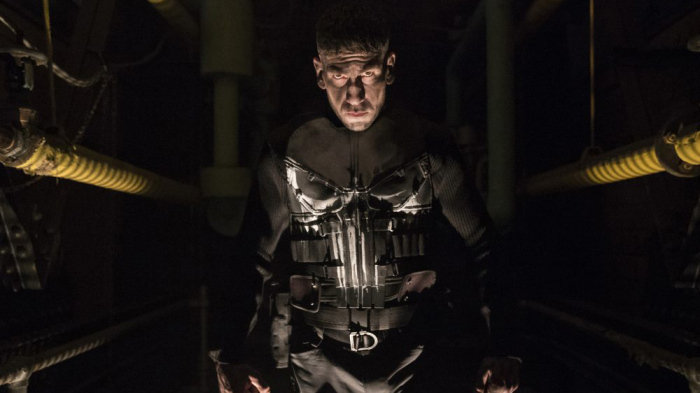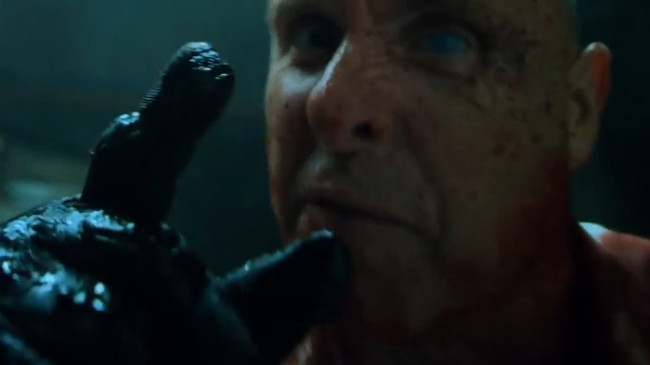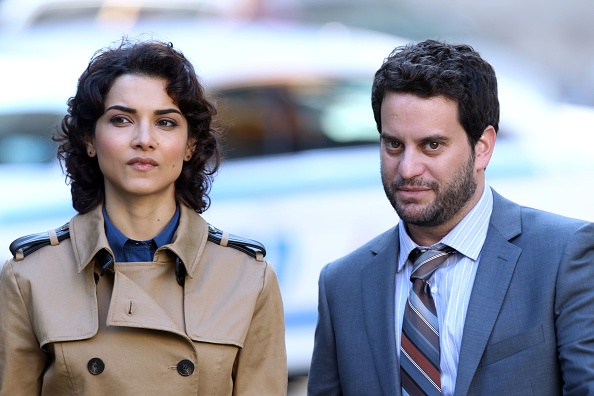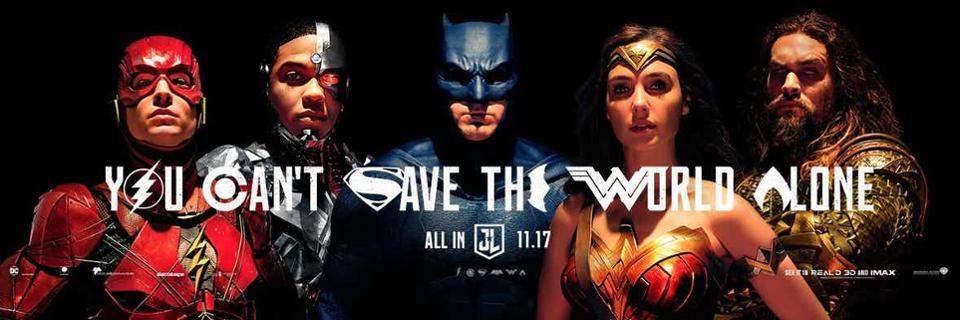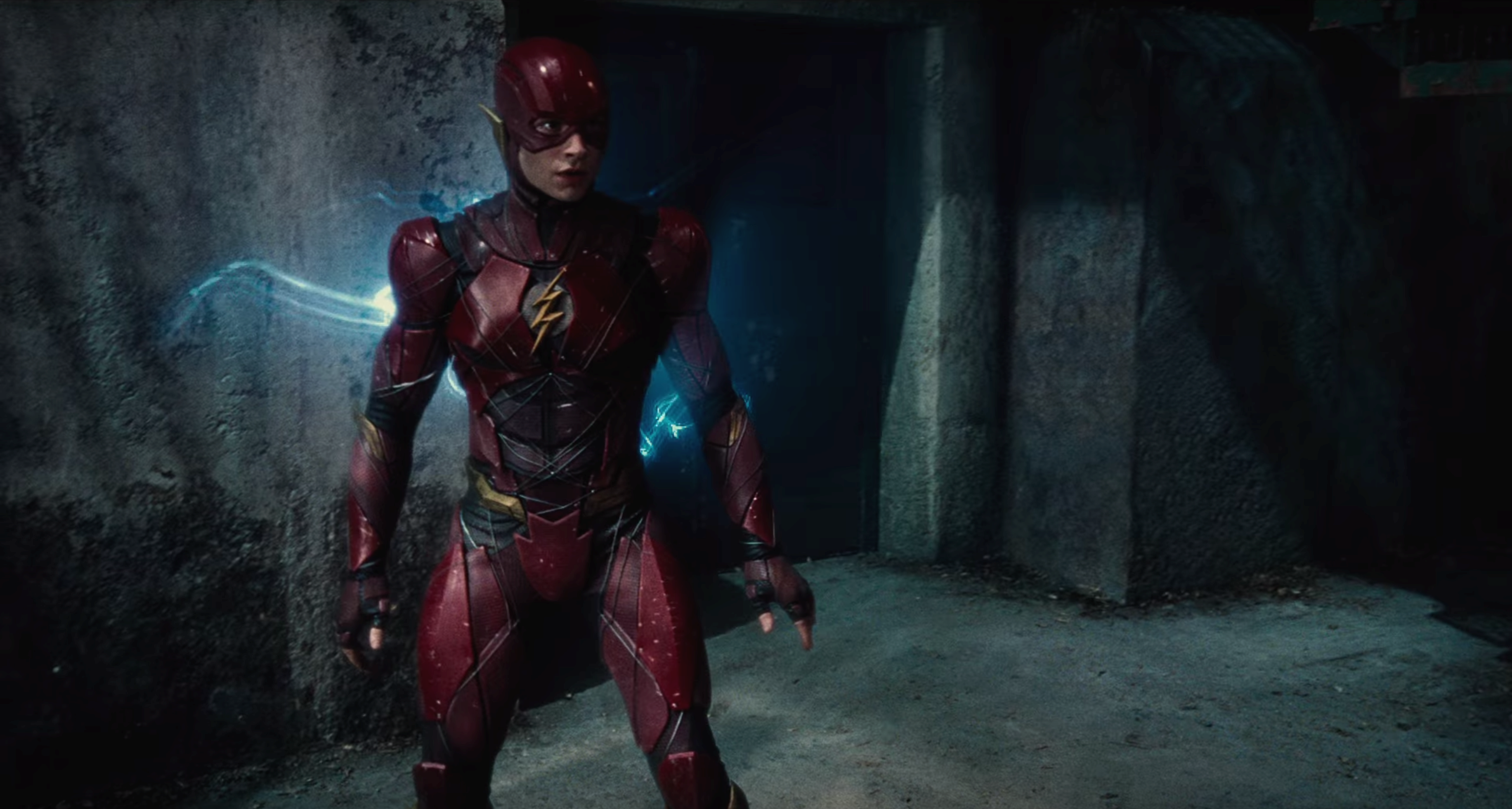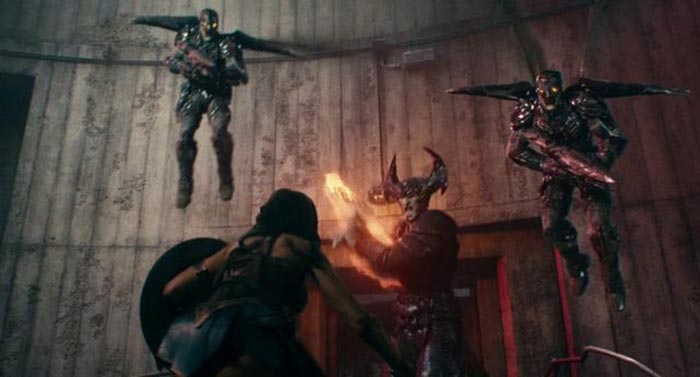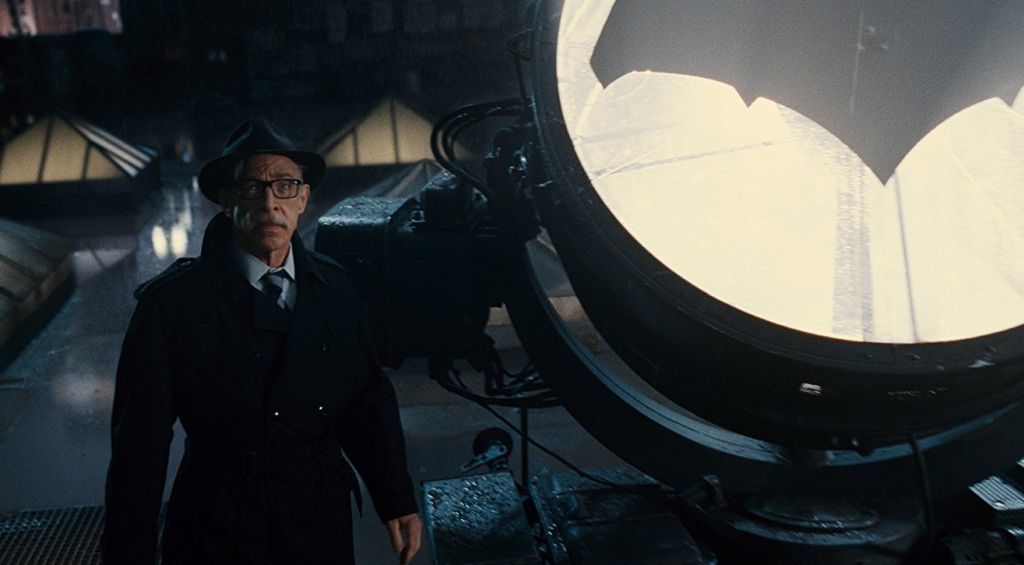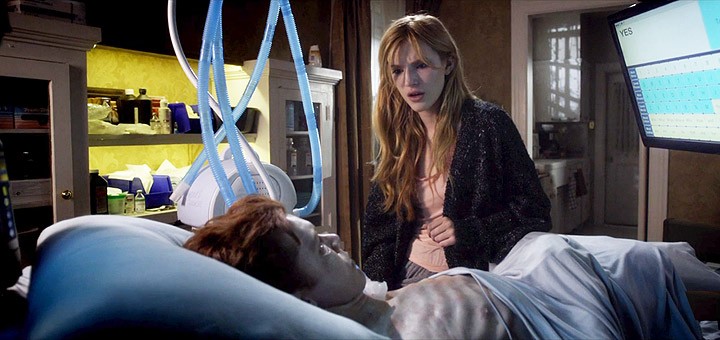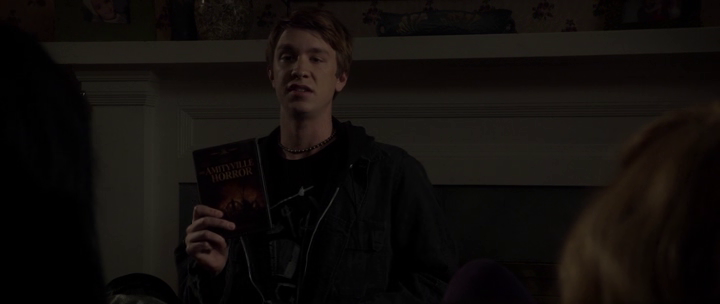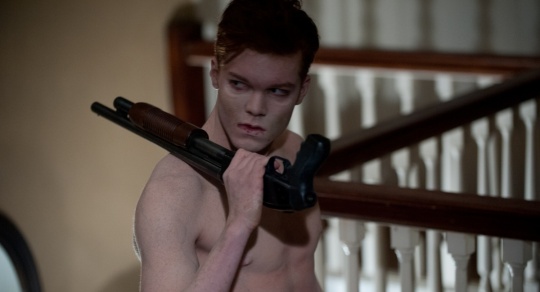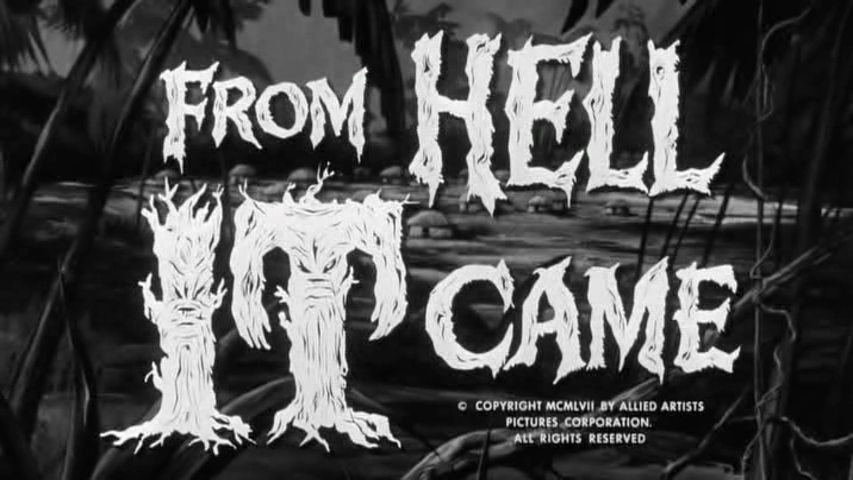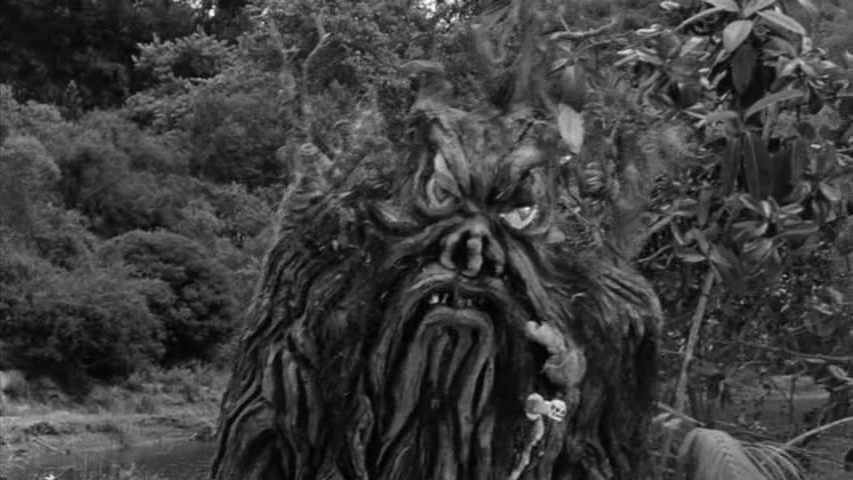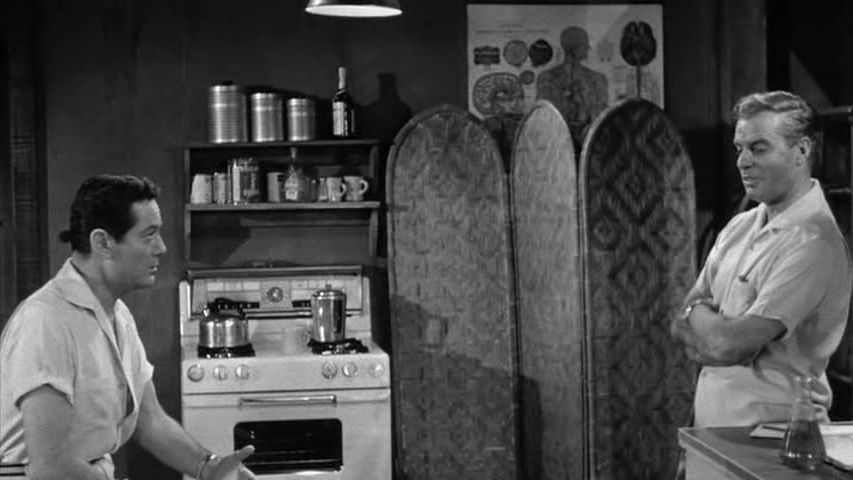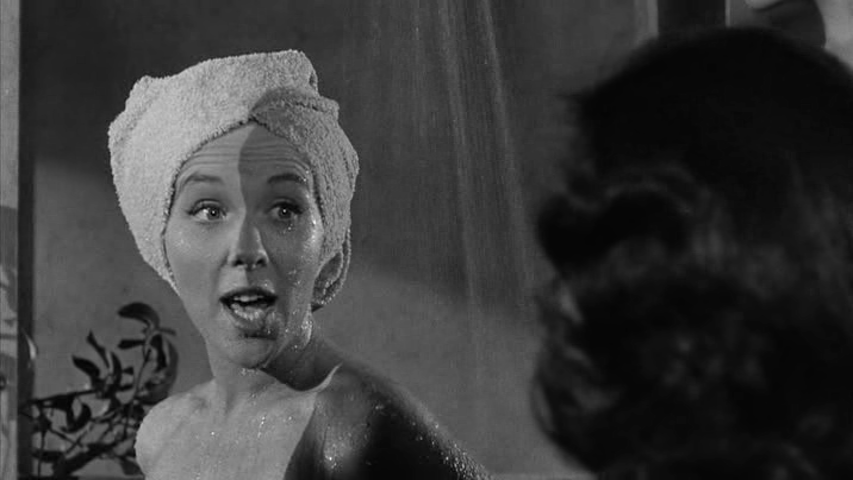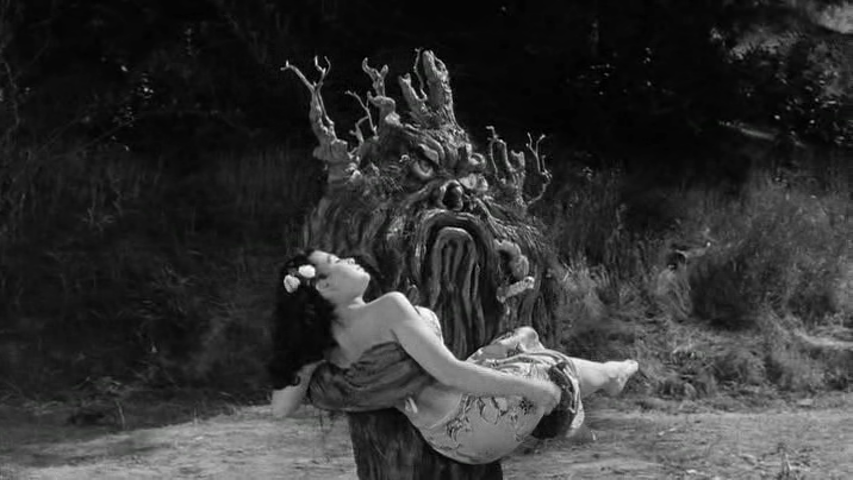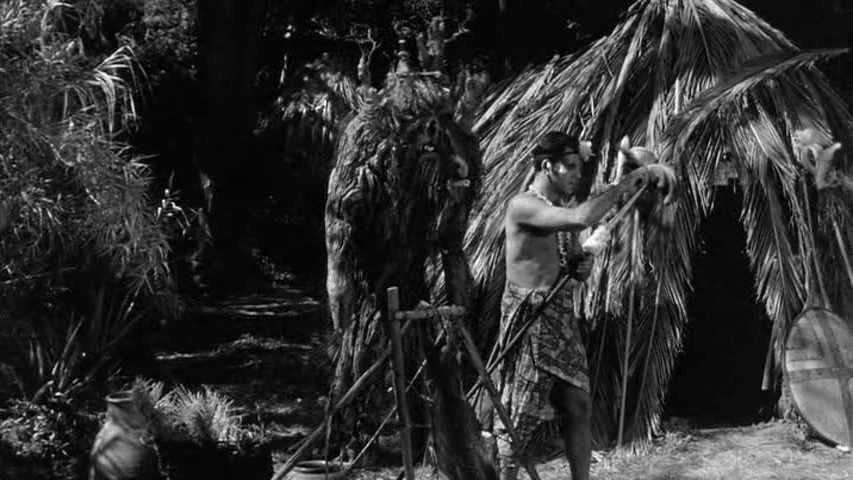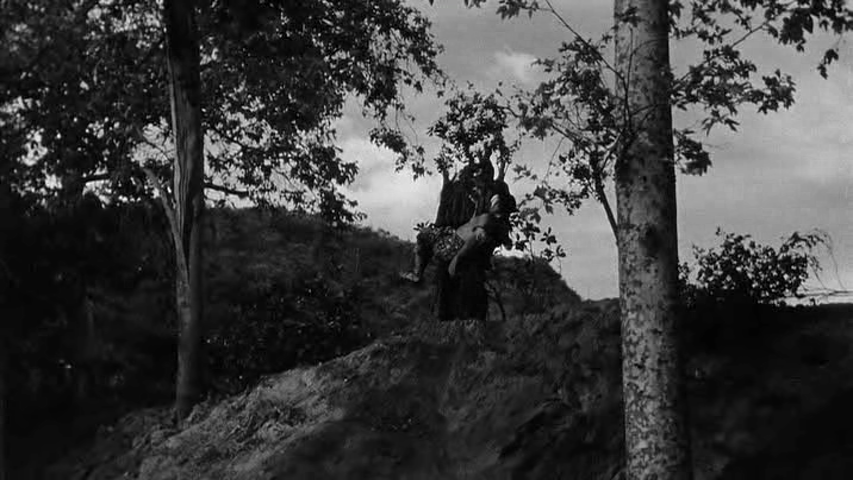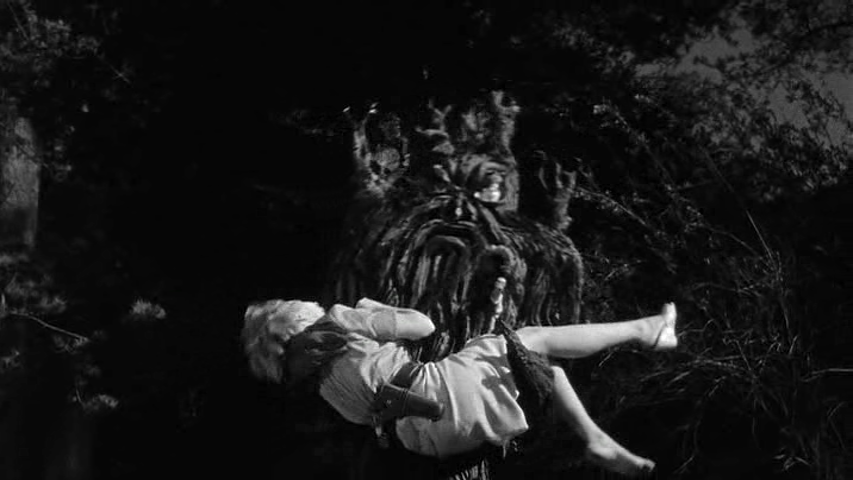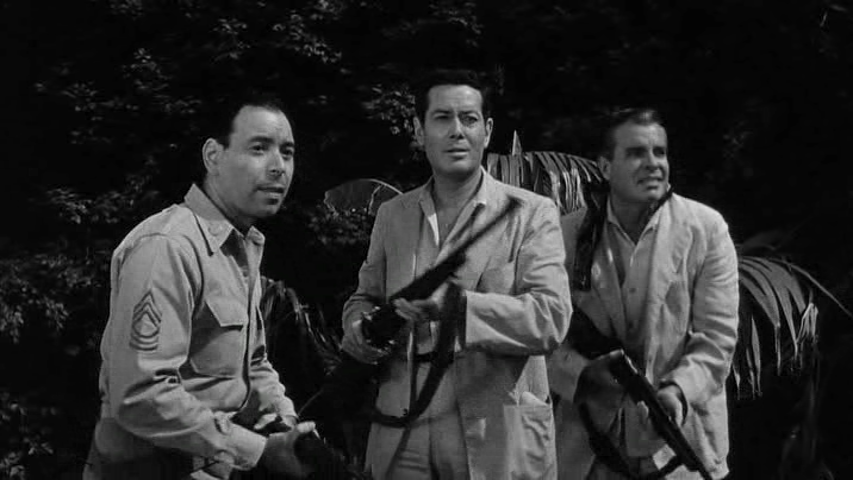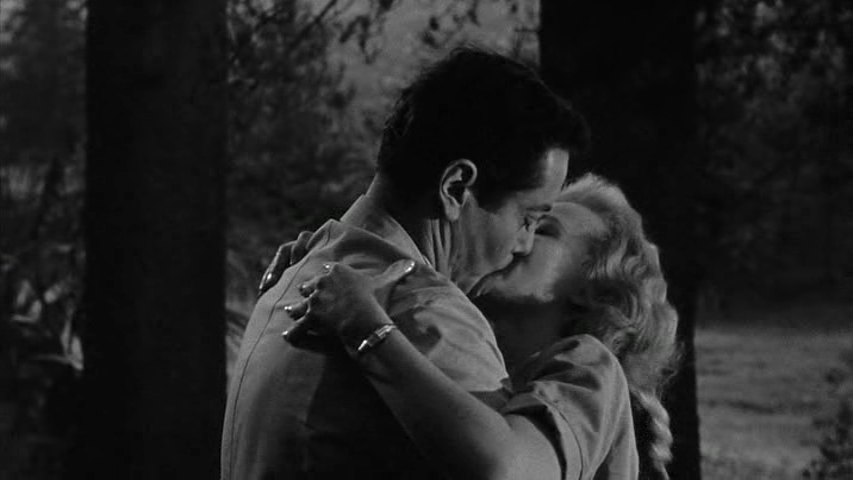In 1940 Republic Pictures struck a deal with National Comics (later to become DC Comics) to make a fifteen chapter serial based Superman but unfortunately disagreements with the script and how to handle the character forced the two companies to part ways. Enter Fawcett Comics, the publishers of Whiz Comics, and they offered the serial rights of their flagship hero Captain Marvel to Republic who were more than happen to tackle The Big Red Cheese. And why exactly does the Adventures of Captain Marvel stand head and shoulders above its serial brethren? Republic Pictures certainly didn’t spend any extra money to bring a superhero to life, the action isn’t any better than you’d see in a King of the Rocket Men or Zorro serials, and the cast though filled with excellent character actors it wasn’t anything to write home about. What the Adventures of Captain Marvel serial did have was an iconic hero who actually looked to be flying through the sky. For close-ups of Captain Marvel the standard process shot of a guy on wires in front rear-projected screen was used but for the long wide shots of our hero flying across the landscape or up to the top of a building they actually filmed on location without any optical effects, and this was done by having a slightly larger than 1:1 scale papier-mâché dummy of Captain Marvel being slid down a long cable between two points. A simple but effective technique that must have blown the minds of any 1940's kid who had the pleasure of seeing it.
You will believe a dummy can fly.
The plot of the Adventures of Captain Marvel wasn’t all that dissimilar from the dozens of other serials that came out before or since; an American archaeological expedition traipse into the country of Siam so that they can loot the Valley of the Tombs and thus find the lost secret of the Scorpion Kingdom. And what exactly is this lost secret? Well turns out that hidden inside the tomb is an artifact called the Golden Scorpion, which is basically a large model of scorpion that has special crystal lenses located in each of its pincers, but when the legs of the scorpion are moved and the crystals aligned you could either find yourself at the wrong end of an atom smasher or be turned to gold. Needless to say both its destructive power and its ability to generate endless wealth gets the Malcolm expedition all hot and bothered. The group decide to divide the crystals amongst the members, giving Billy Batson (Frank Coghlan Jr) the scroll that contains the directions on how to operate the Golden Scorpion, and they plan a quick return to the United States.The Malcolm Expedition consists of your standard group of white upper class twits.
Of course it’s not a proper serial if it doesn’t have a nefarious villain for our hero to thwart at every turn and for this one we have hooded dude named The Scorpion who manages to incite the locals to attack the Malcolm Expedition for defiling the sacred Valley of the Tombs. During the attack Billy is knocked out and both his scroll and the Golden Scorpion are stolen, but it’s when members of the expedition get trapped when the nearby volcano causes the tomb to shake apart that we are introduced to the wizard Shazam (Nigel De Brulier). It's this immortal wizard who tells young Billy that he will be given the ability to transform into Captain Marvel (Tom Tyler) by simply speaking the wizard's name, and with this transformation he will be granted great power that he must only use in the service of right. He's also supposed to protect the secret of the Golden Scorpion but us comic book fans could give a rat's ass about that.These powers consist of the wisdom of Solomon, the strength of Hercules, the stamina of Atlas, the power of Zeus, the courage of Achilles, and speed of Mercury and because of that line-up of powers this serial has a tough time coming up with viable threats for a character who is basically a demi-god. In his first real battle he approaches a few of the Scorpions men who are manning a Browning heavy machine gun; they open fire on him but the bullets bounce harmlessly off Captain Marvel’s chest and the goons logically run away in terror. What many fans of comic books may find surprising is that Captain Marvel’s response to this is to pick up the Browning and gun down the fleeing natives by shooting them in their backs.
The smile that he sports during his fights is kind of chilling.
In fact Captain Marvel ends up killing more people in these twelve chapters than the villainous Scorpion does, and for the most part he does it with an almost maniacal grin on his face. This stone cold killer version of Captain Marvel so upset creator C.C. Beck so much that he made no bones about how much he hated this take on his beloved creation, but on the other hand he found the almost sadistic glee in the kills absurdly funny.In the chapter titled "Death Takes the Wheel" the serials main damsel in distress Betty Wallace (Louise Currie) is unconscious in an out of control car as it careens wildly down a multiple story parking garage (this wasn’t even the first time she found herself unconscious in an out of control vehicle) but Captain Marvel of course arrives in time save her. Unfortunately for the villains, who had placed poor Betty in that particular death trap, Captain Marvel is all about brutal payback; he flies to roof of the 30 story parking garage, catches an engine block the idiots try to drop on him, throws the engine block at one of the henchmen and then the grabs the other goon and tosses him off the roof.
Do not screw with Captain Marvel.
So how do the Scorpion and his men pose a threat to Captain Marvel? I mean you can’t really have a movie serial with nail-biting cliffhangers if the outcome is never in question. Well to solve this problem most of the chapters deal with one of Billy’s friends being in danger, whether it be Betty or his best pal Whitey Murphy (William Benedict), and occasionally it will be Billy in danger but then the script forces the henchman to gag Billy for no particular reason (we know it's so he can't speak the name "Shazam!" but the bad guys don't know that) and they never gag Betty or Whitey. Of course most of those cliffhangers are resolved with Billy managing to get the gag off at the last minute so there really wasn’t all that much suspense after the first couple of times he does this.The funniest cliffhanger has to be when Captain Marvel gets knocked back between an electric eye and is shocked unconscious by a bolt of high intensity electricity (he gets shocked unconscious a total of two times in this serial and being his powers arrive via a lightning I guess electricity could be a weakness) and he falls on a conveyor belt that carries him towards the deadly blade of a guillotine. Watching this cliffhanger one can only ask the question, “What in the hell is a metal blade going to do against the world’s mightiest mortal?” The answer is of course nothing at all.
The Guillotine of Total Fail.
Now you certainly can’t fill twelve chapters, and roughly four hours, of your serial with just Captain Marvel beating the crap out of a bunch of dime store hoodlums, it’d be fun but you still need some kind of plot to hang it all on, so for much of serials running time you have the Scorpion trying to steal the crystals from the members of the Malcolm Expedition while also dealing with Billy trying to figure out which one of the members is most likely the Scorpion himself. The serial does cheat a bit to keep the big mystery of “Who is the Scorpion?” by having Billy, Betty, and Whitey almost tumbling on a clue that would reveal the secret multiple times but then the writers would just abandon that particular clue and race off to the next scene. To make it even harder for audiences to figure it out who the Scorpion is under that hood his voice was provided by uncredited actor Gerald Mohr who sounds nothing like any member of the Malcolm Expedition.In fact his voice sounds a lot like someone narrating a nature documentary.
Co-directors William Whitney and John English clearly knew that the mystery wasn’t all that important, the members sitting around a table all looking equally suspicious is almost laughable at times, the real point to the plot is how it can be used to string together all those scenes of peril, daring do and knock-down drag-out fights. A key components to all of that is stuntman Dave Sharpe who doubled Tom Tyler for the more dangerous and acrobatic feats; one particular moment when a couple of native goons go after Captain Marvel we get to see Dave Sharpe perform a standing back flip to kick the two bad guys in their jaws. Sharpe was also integral in making the flying moments work as his acrobatic training made the take-offs and landing that much more effective. Add all that to how bang on Tom Tyler looked in costume and you had all the ingredients you needed to make a great superhero serial.As serials go there really isn’t anything in the same league as the Adventures of Captain Marvel as its stunts and set pieces make almost all others pale in comparison, with maybe King of the Rocket Men being the closest contender, and the pure fun that fills these twelve chapters makes this a true gem. Kino Lorber has now released this action pack serial on Bluray with a beautifully re-mastered 4K scan from the Paramount Pictures Archives, simply put this is a must own for fans of superhero movies and classic serials. Highly recommended!
